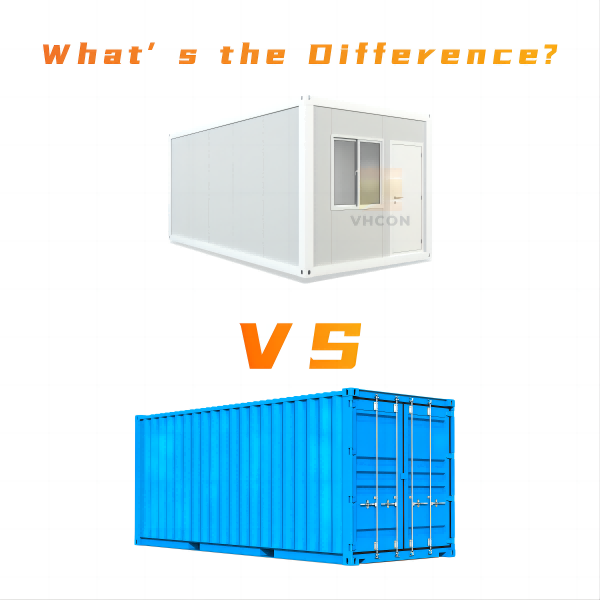As the world becomes more aware of the need to live sustainably, innovative architectural solutions are coming to the forefront. Two of the most popular and cost-effective options for housing are prefab container houses and shipping container houses. While they may seem similar at first glance, they have distinct differences.
Prefab container houses are modular buildings made from prefabricated parts. They are designed off-site and then transported to the building site, where they are assembled in a fraction of the time it would take to construct a traditional building. The prefabricated parts are generally made from a variety of materials, including wood, steel, aluminum, and plastic. The resulting structure is energy-efficient, easy to maintain, and extremely durable.
Shipping container houses are, as the name suggests, made from shipping containers. These containers are usually made of steel and are traditionally used for storage and transportation of goods. They are cheaper than traditional building materials, and because they are stackable, they offer a unique design flexibility.They are known for their durability, and because they are made of steel, they are resistant to fire, mold, and pests.
However, there are a number of differences between the two types of structures. The most significant difference is the design flexibility. While shipping container houses are limited by the size and shape of the container itself, prefab container houses can be designed in a number of different shapes and sizes. This is because they are not bound by the constraints of the container, and can be built to any specification or design.
Another difference is in the materials used. Shipping containers are made of steel, and can be insulated and modified, but they have limitations when it comes to the type of materials that can be used to build them. For example, it is difficult to add windows to a shipping container without significantly weakening the structure. On the other hand, prefab container houses can be made from a wide variety of materials, including wood, glass, and steel.
The level of customization is also different between the two types of structures. Shipping container houses are limited by the size and shape of the container, which can make it difficult to customize the building to individual needs. Prefab container houses, on the other hand, can be designed to meet the specific needs of the homeowner, with options for everything from insulation to custom finishes.
In conclusion, while both prefab container houses and shipping container houses offer an eco-friendly, cost-effective, and durable solution to housing, there are significant differences between the two. Prefab container houses offer more design flexibility, a wider range of materials options, and greater customization, while shipping container houses are limited by the size and shape of the container and are made primarily from steel. Ultimately, the choice between the two will come down to individual preferences and needs.
Post time: May-15-2023







